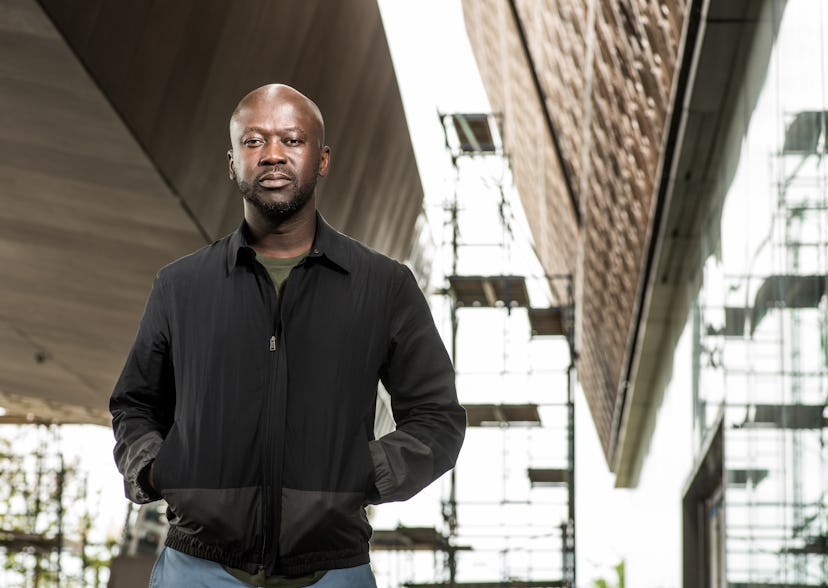After Much Anticipation, the Smithsonian’s National Museum of African American History and Culture Is Almost Ready
Architect David Adjaye offers a tour of the new museum in Washington D.C.

The Ghanaian-British architect David Adjaye was on the short list to build the Barack Obama Presidential Center and is currently designing an expansion for the Studio Museum in Harlem. His many commissions have included the Nobel Peace Center, in Oslo, and homes for the artist Chris Ofili, in Trinidad, and the former U.N. secretary-general Kofi Annan, in Ghana. But on September 24, two days after his 50th birthday, Adjaye will celebrate the opening of what is surely his most prestigious project to date: the Smithsonian’s National Museum of African American History and Culture (NMAAHC), on the National Mall, in Washington, D.C. Early in his career, while working in London, Adjaye wondered why the urban Africa he’d experienced growing up as the son of a Ghanaian diplomat in Tanzania, Egypt, Kenya, and Uganda wasn’t relevant to the discourse of his profession. That discovery set him on a mission to photograph 54 capitals on the African continent beginning in 2000. The rich images clearly influenced his design for the NMAAHC. Its three-tiered crown shape, like an overturned ziggurat, recalls tribal Yoruban art and arms outstretched in prayer, while its sculptural curving roof, one of Adjaye’s favorite details, nods to the porticoes of the American Old South. The day he gives me a tour, Adjaye excitedly describes how the porch on the museum’s south entrance will soon become a hangout spot, noting its benches and the view of the Washington Monument next door. The museum, which sits on the last site on the Mall and is surrounded by buildings clad in 19th-century white marble and limestone, is wrapped in bronze-coated-aluminum mesh that creates dancing light patterns inside. “Yesterday, the building was just golden, like it was on fire,” Adjaye says. “People were standing there wondering, What’s going on? And then the sun went down and the facade became dark bronze again. That activation moment was absolutely moving. Magic.”
Smithsonian Institution, National Museum of African American History and Culture Architectural Photrography